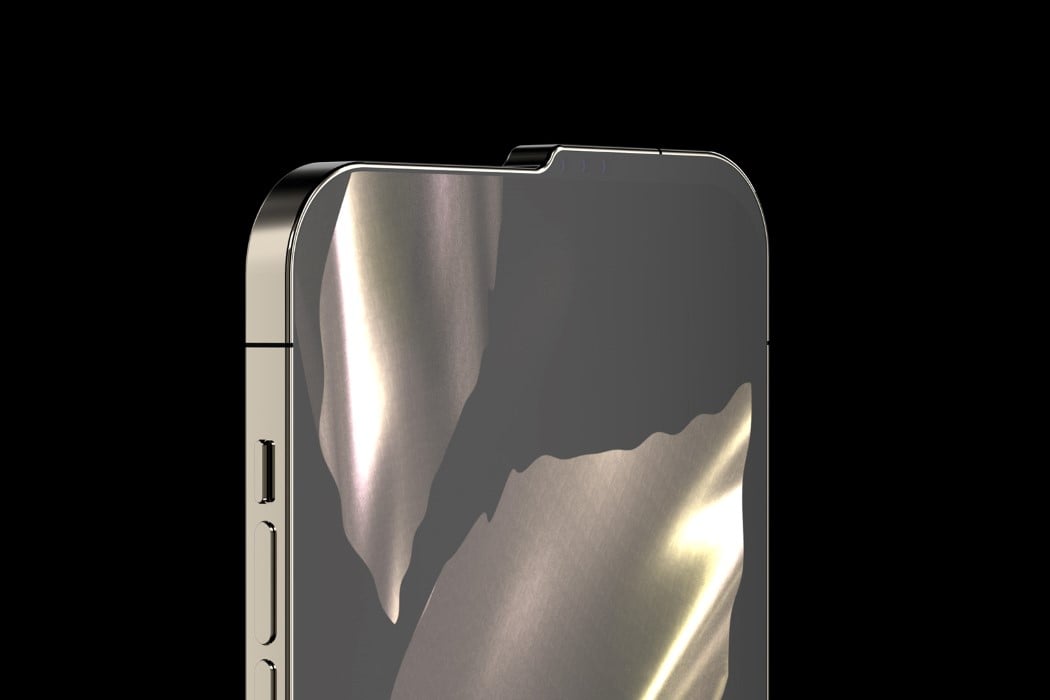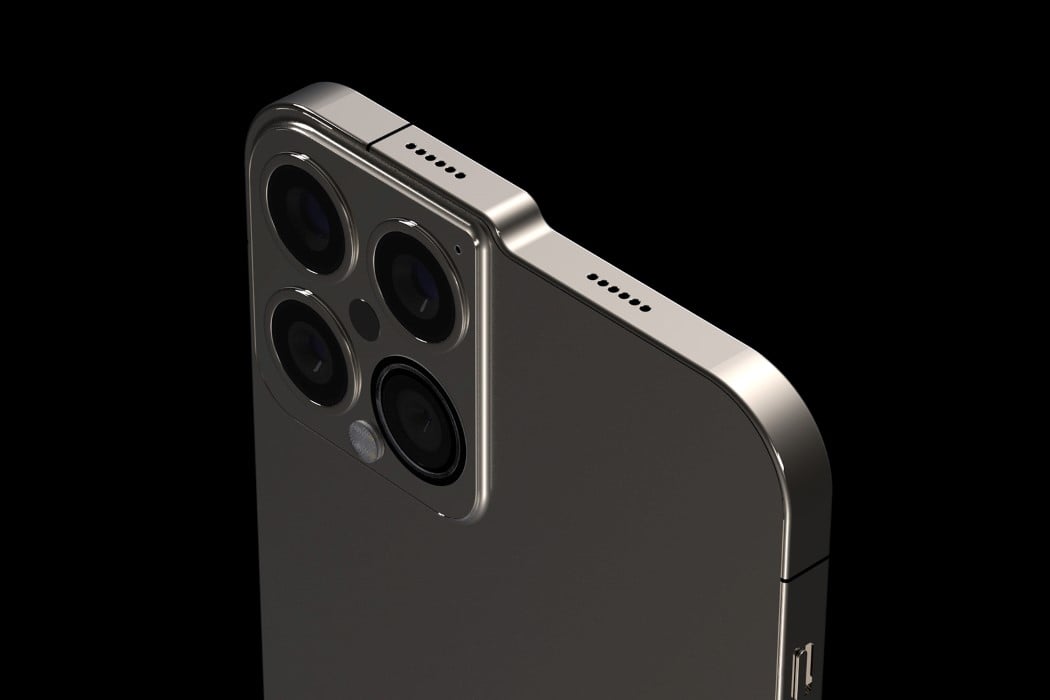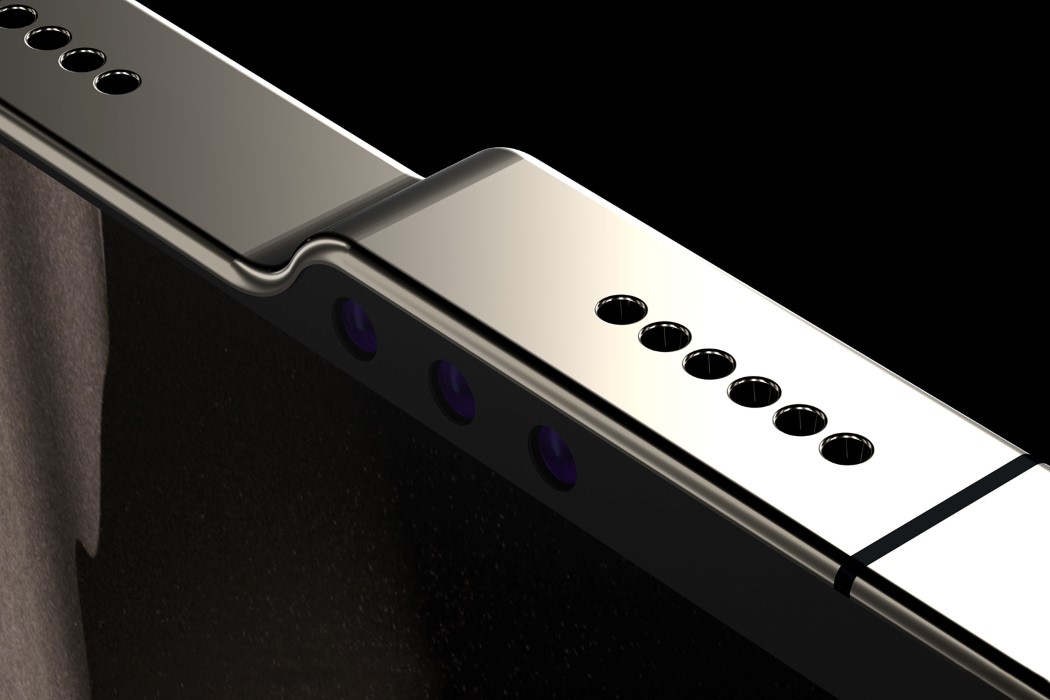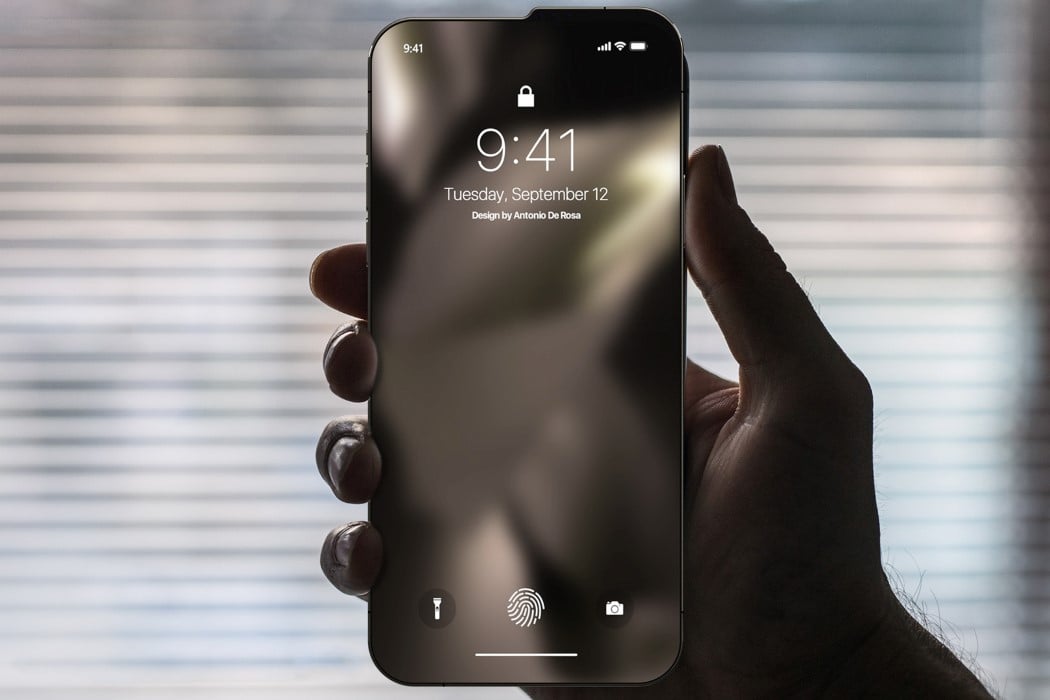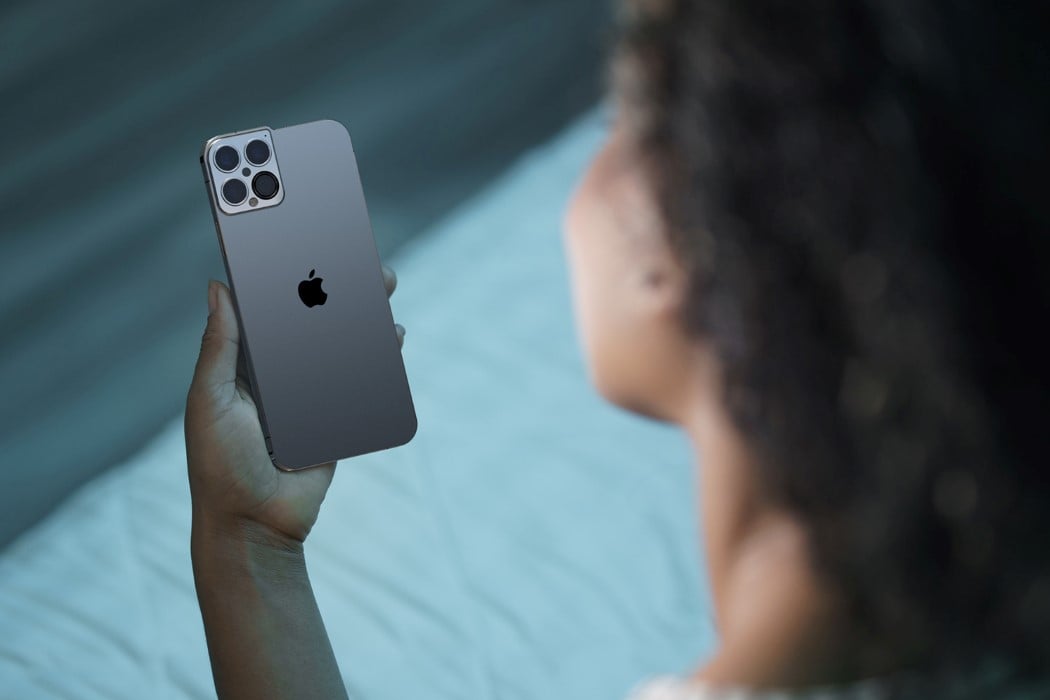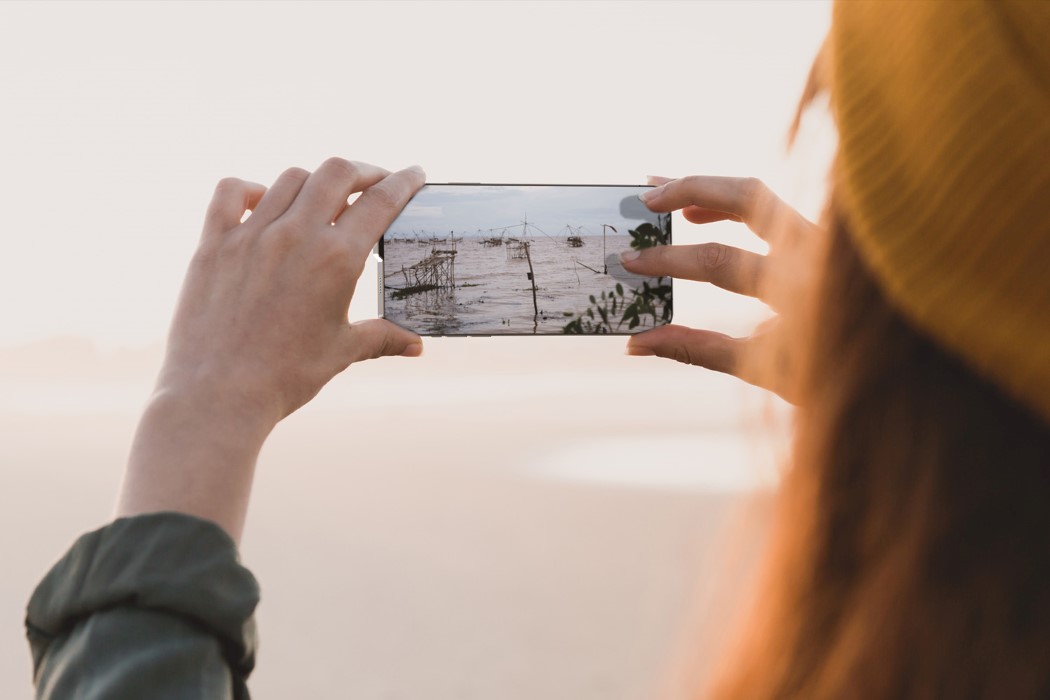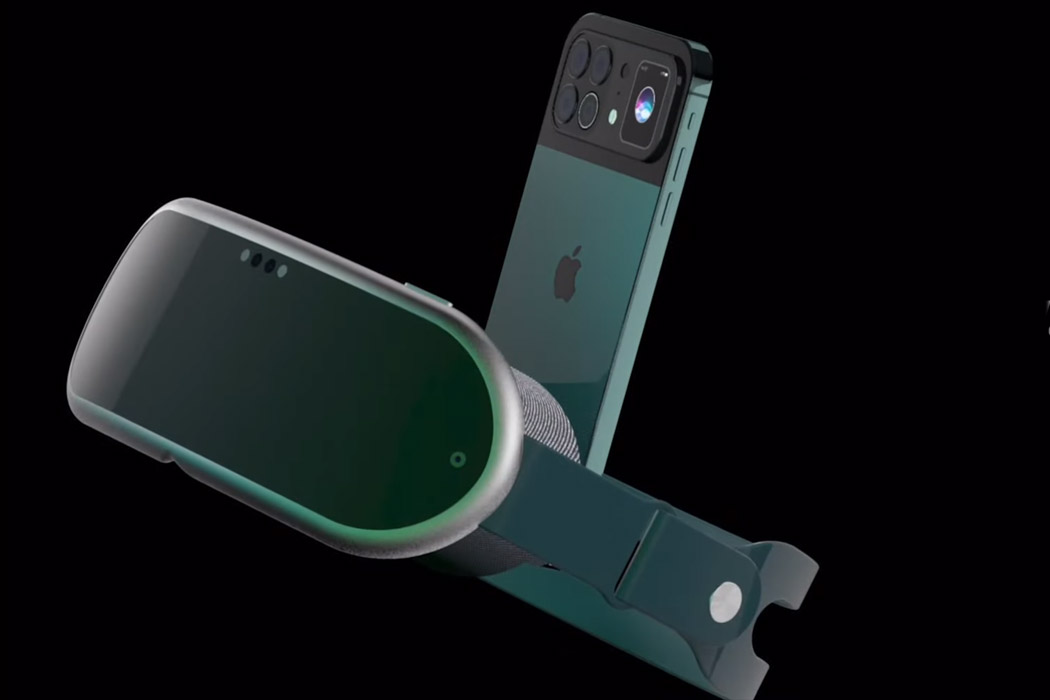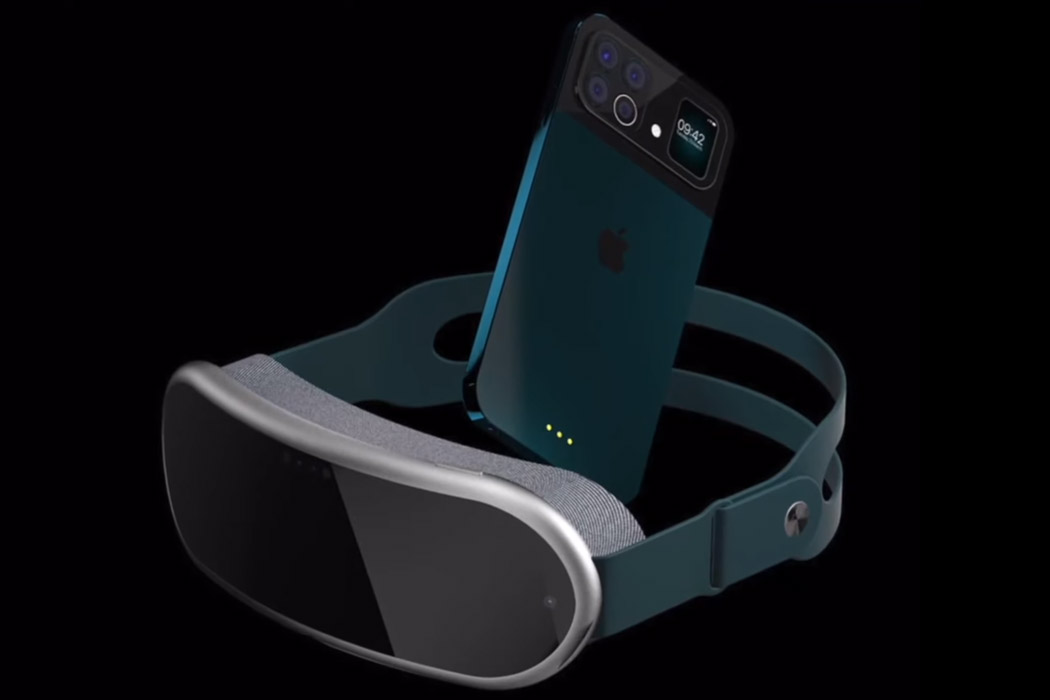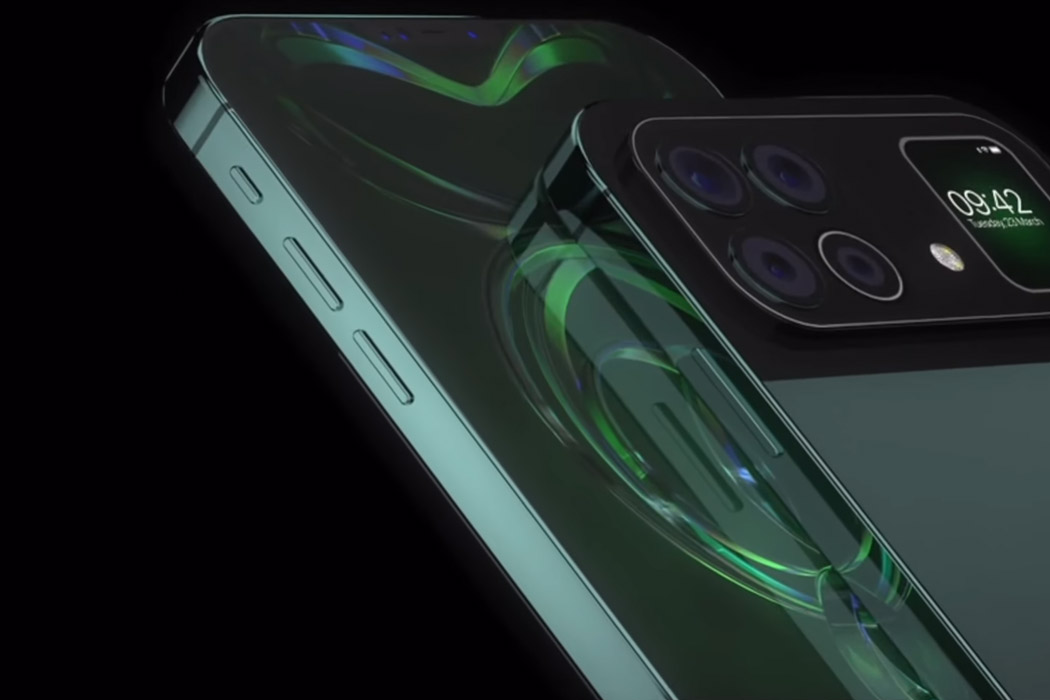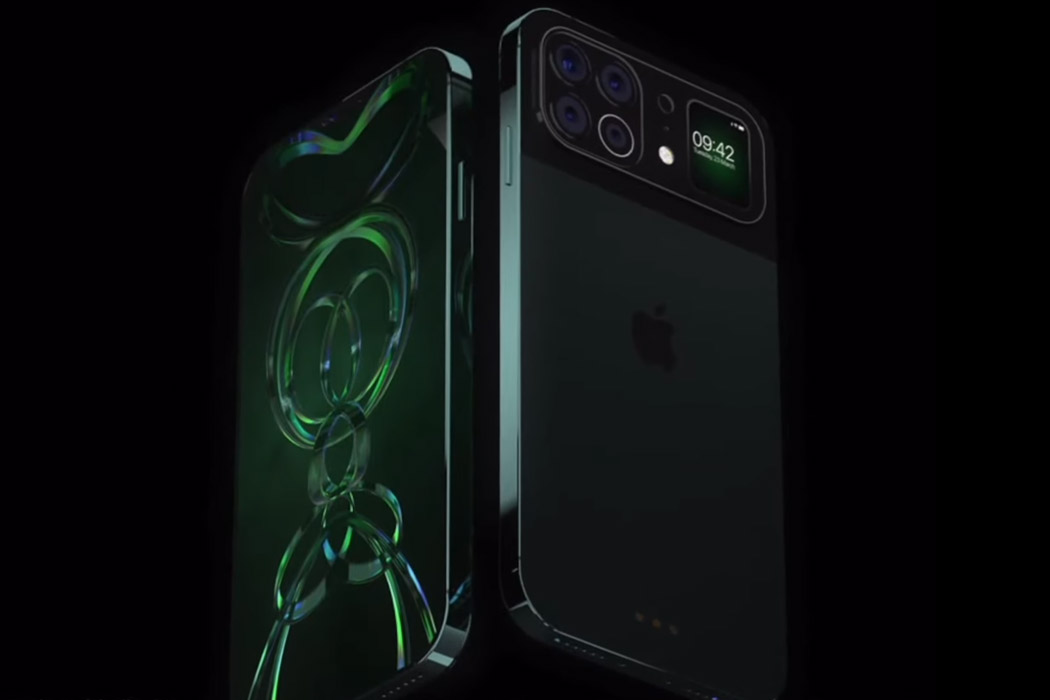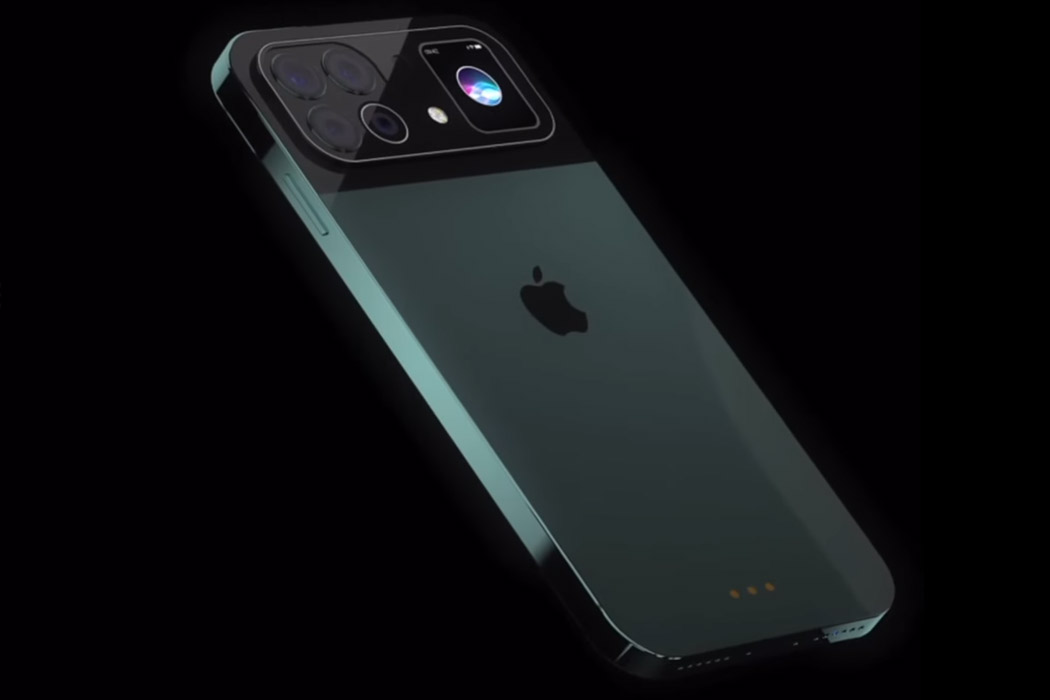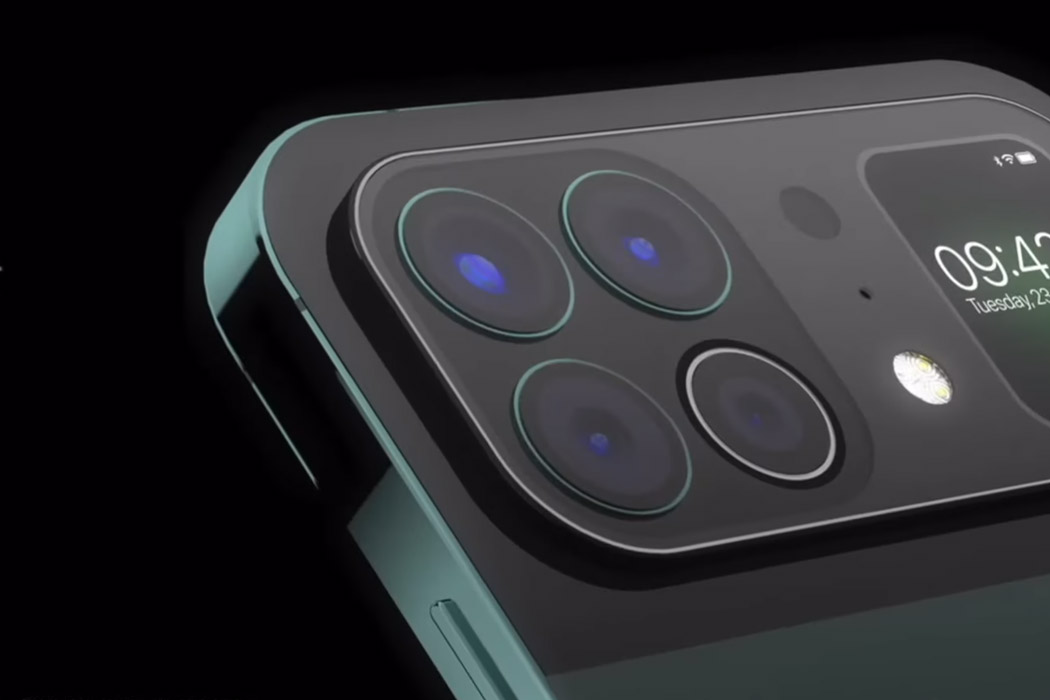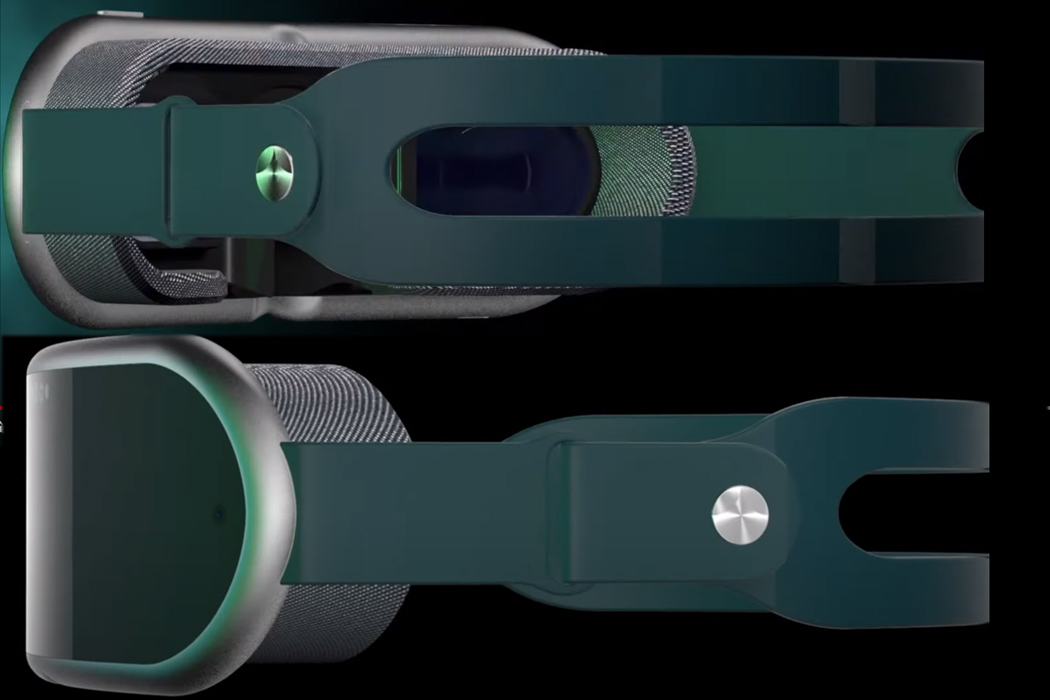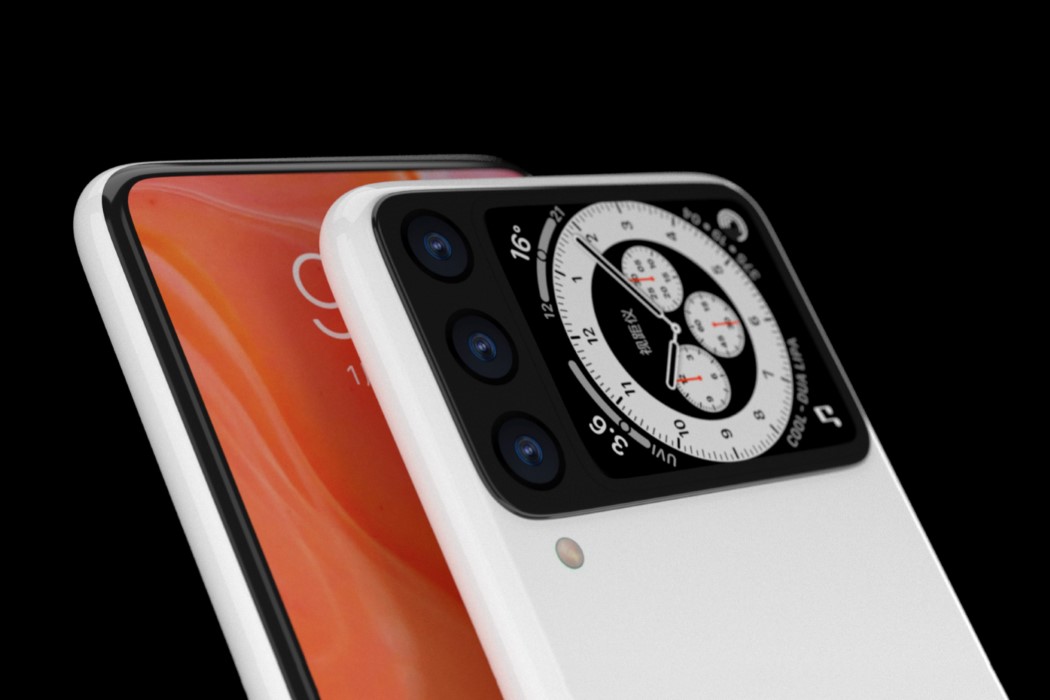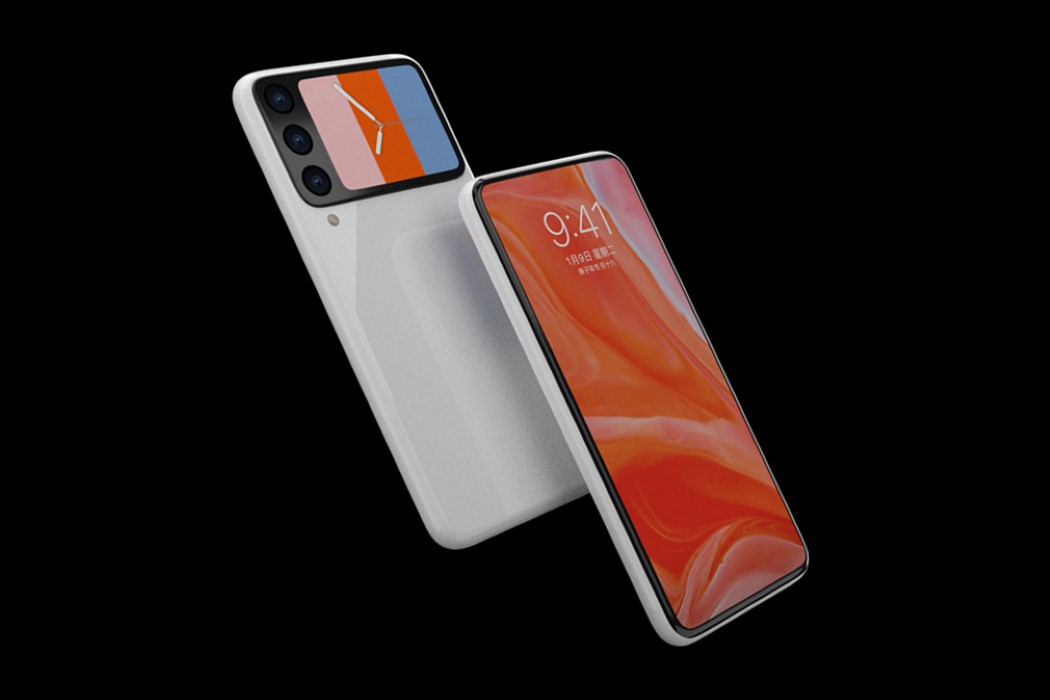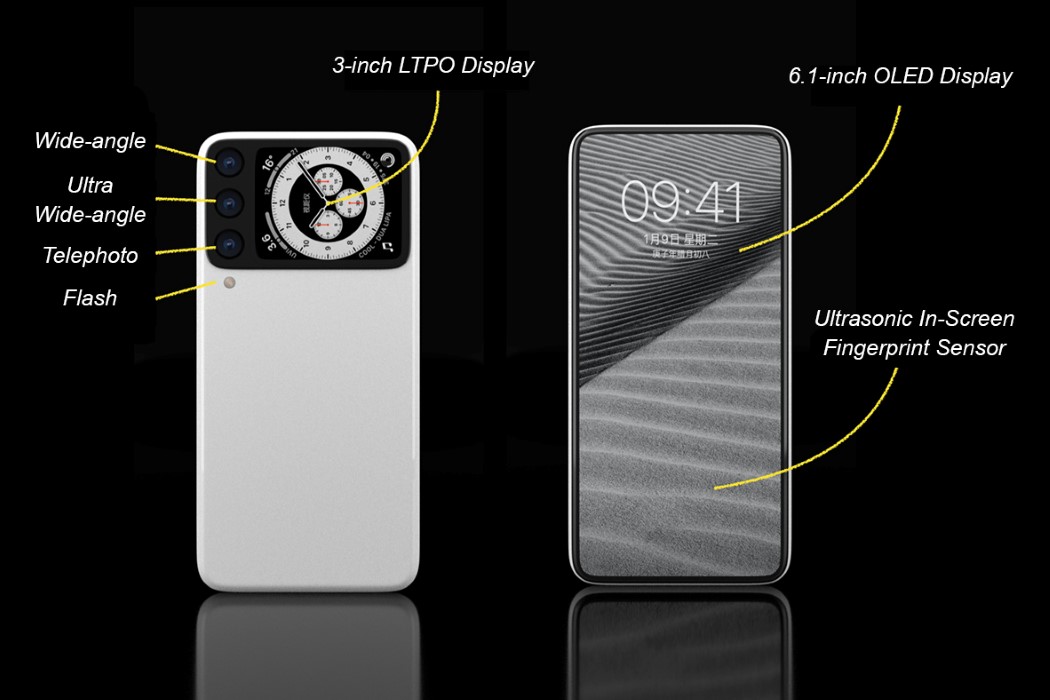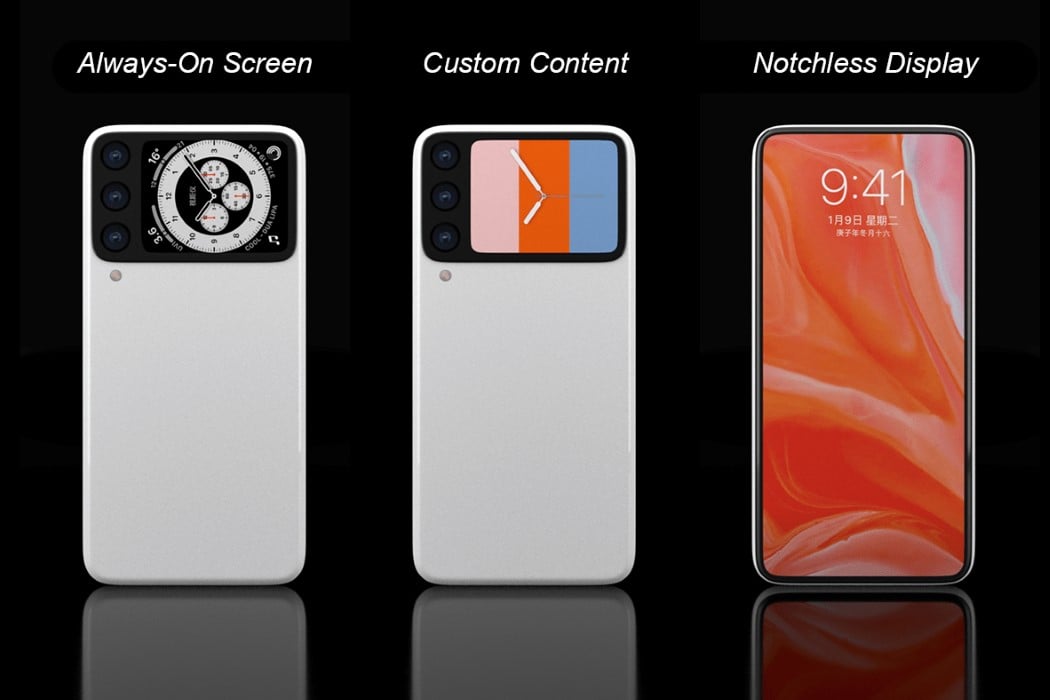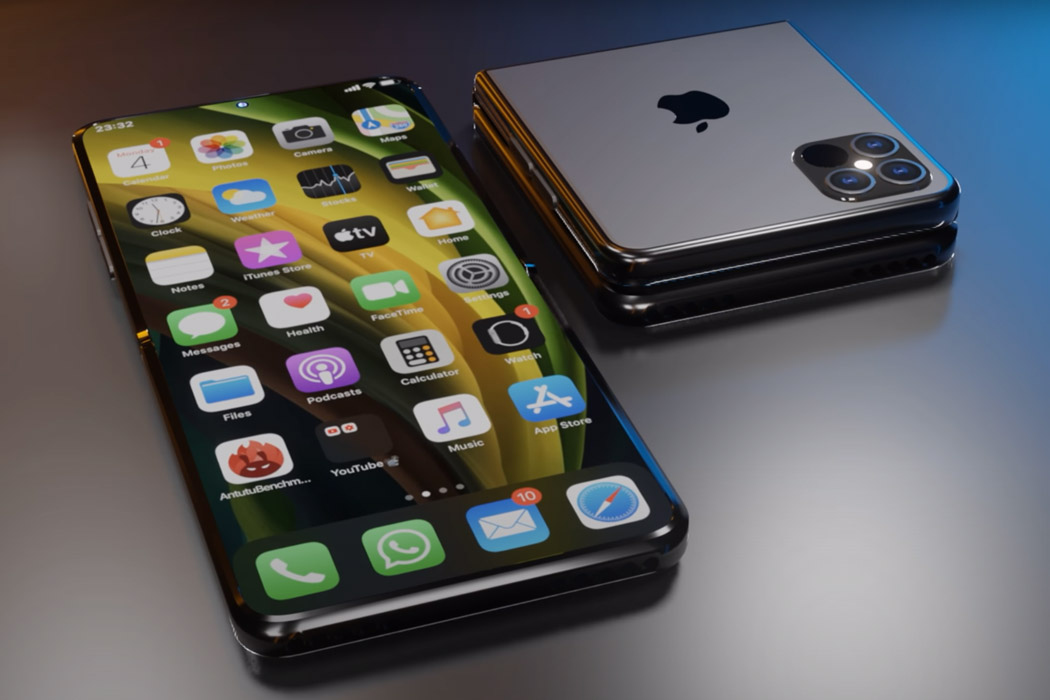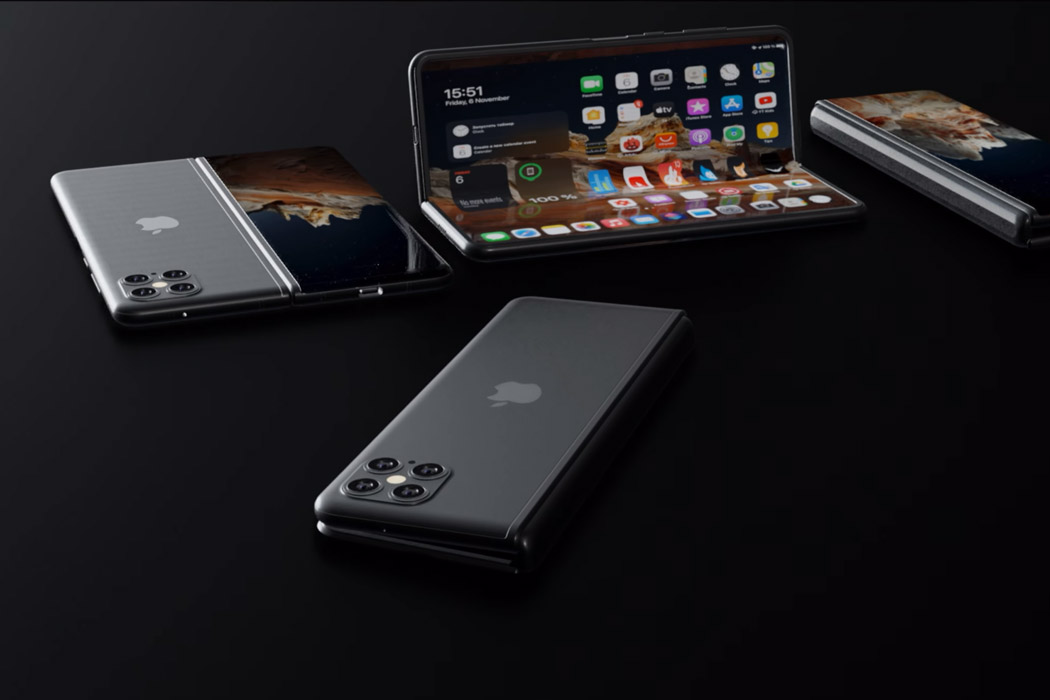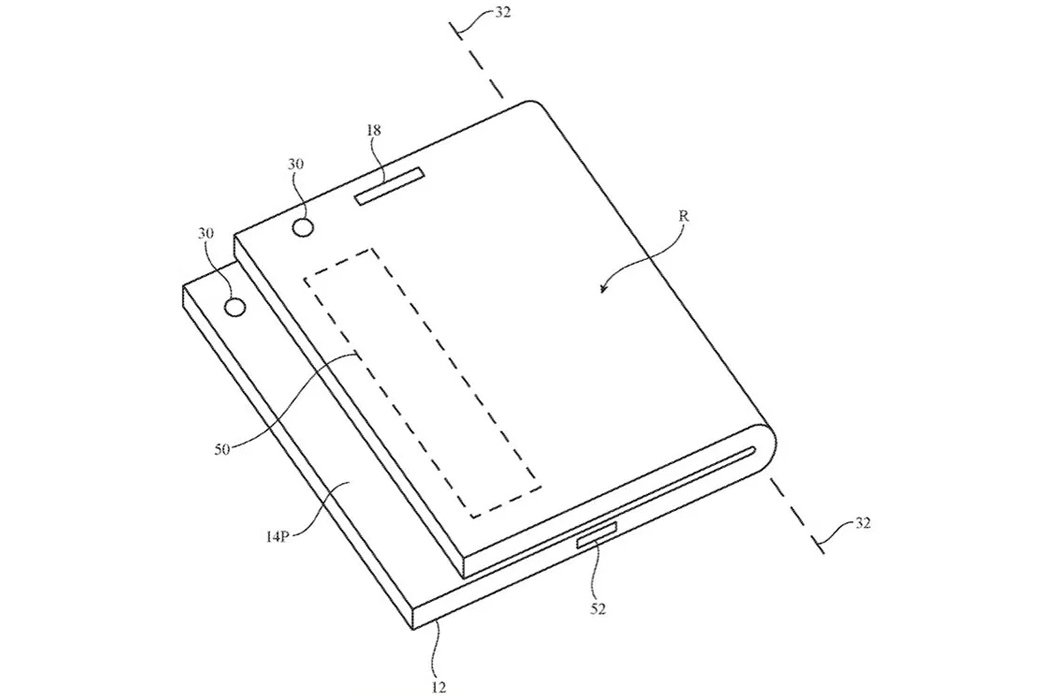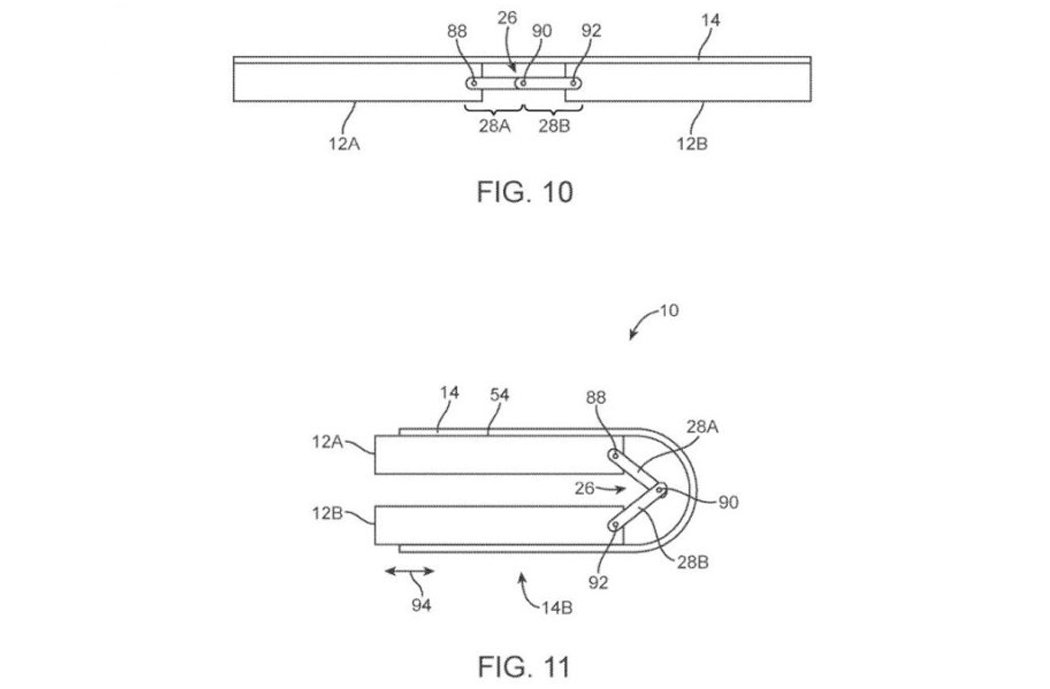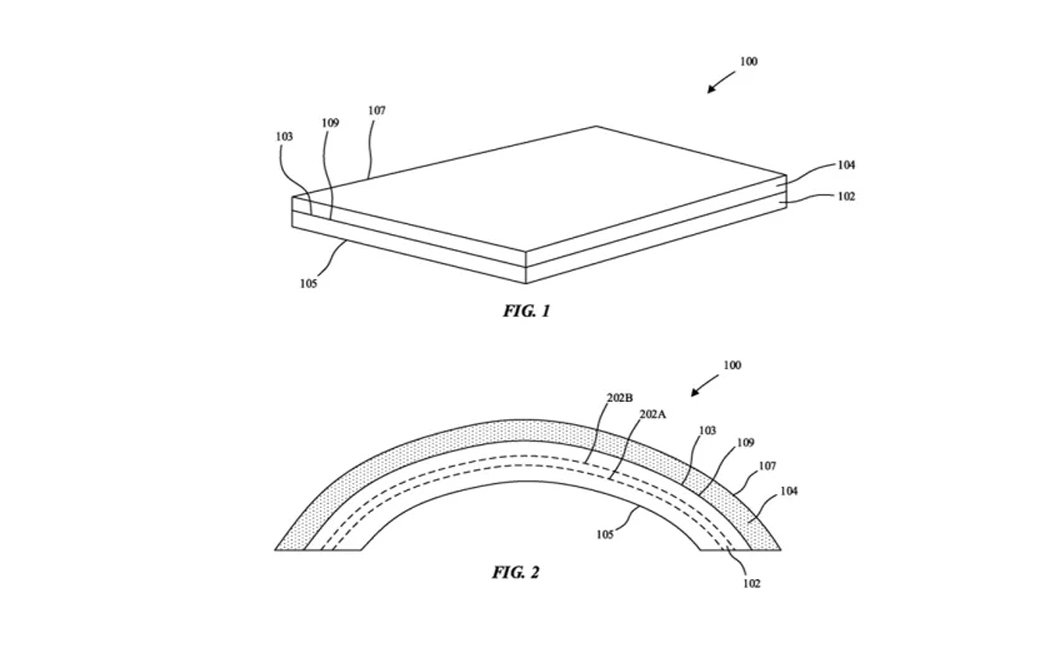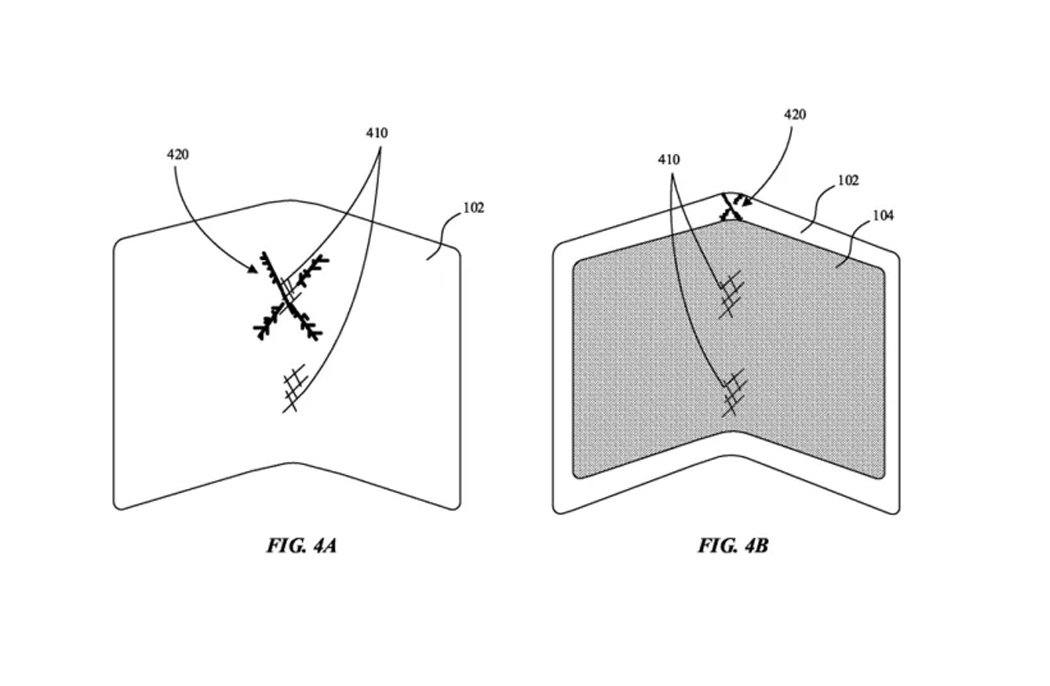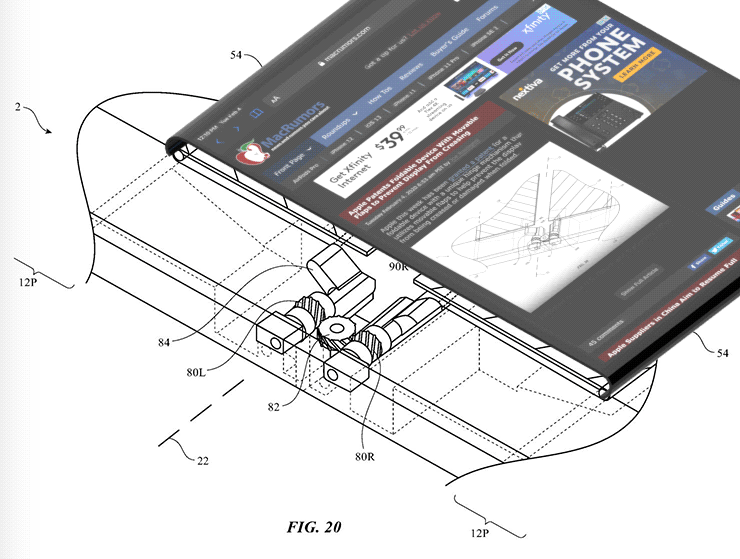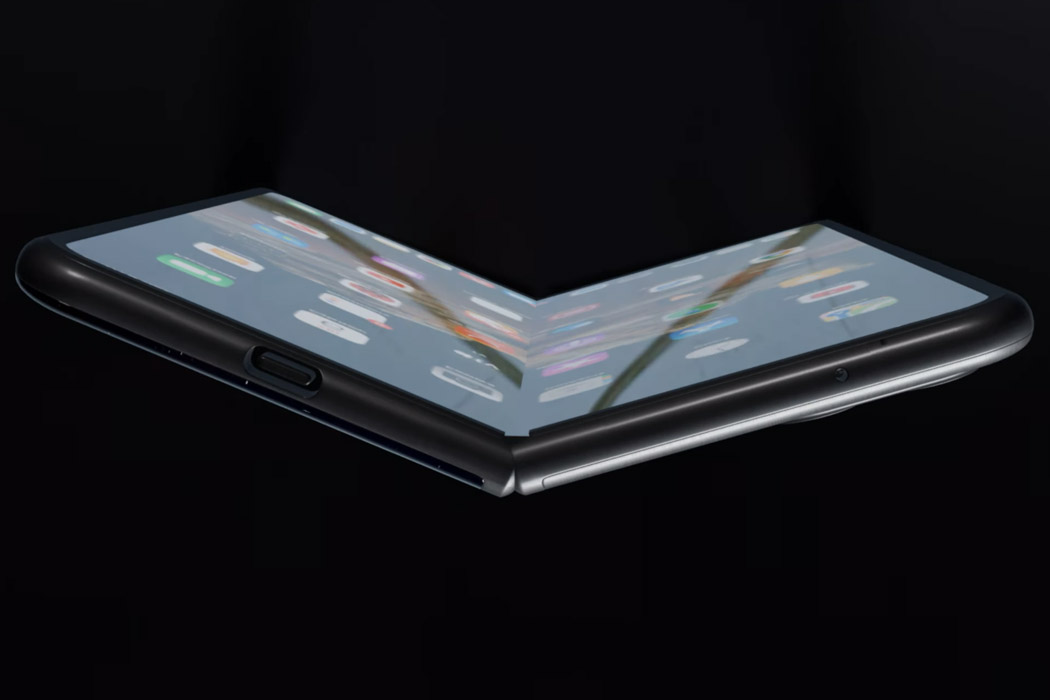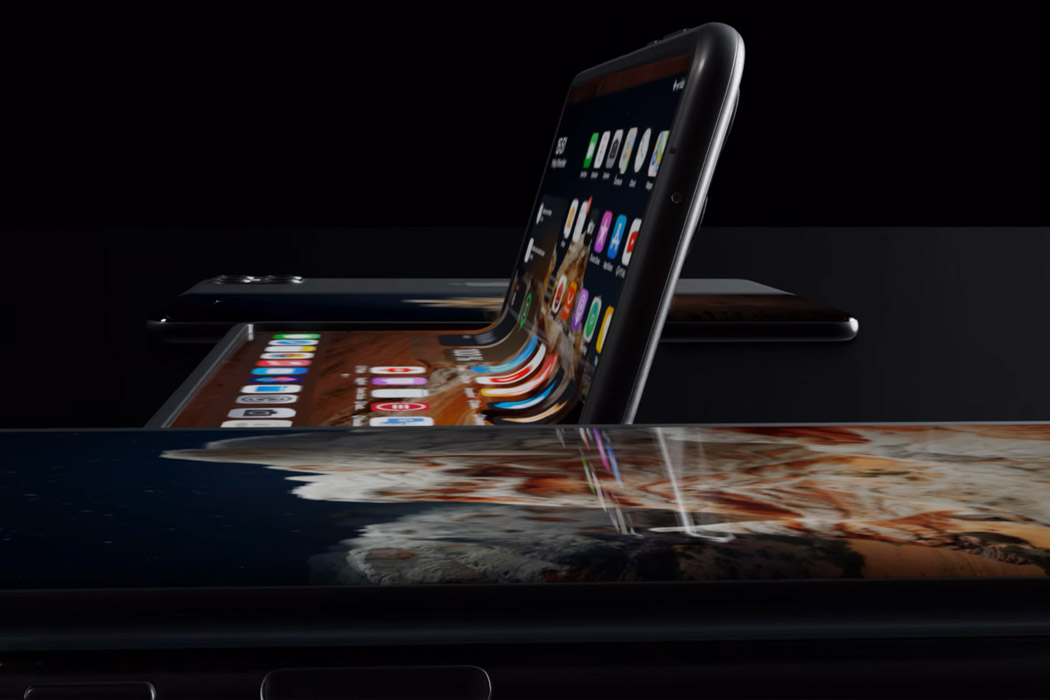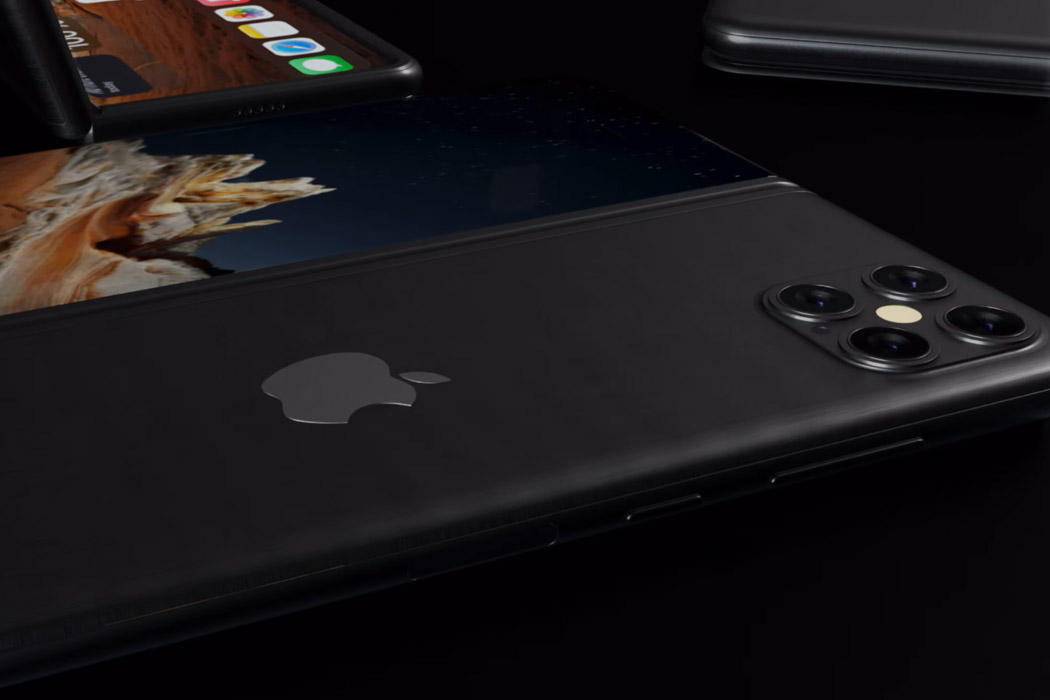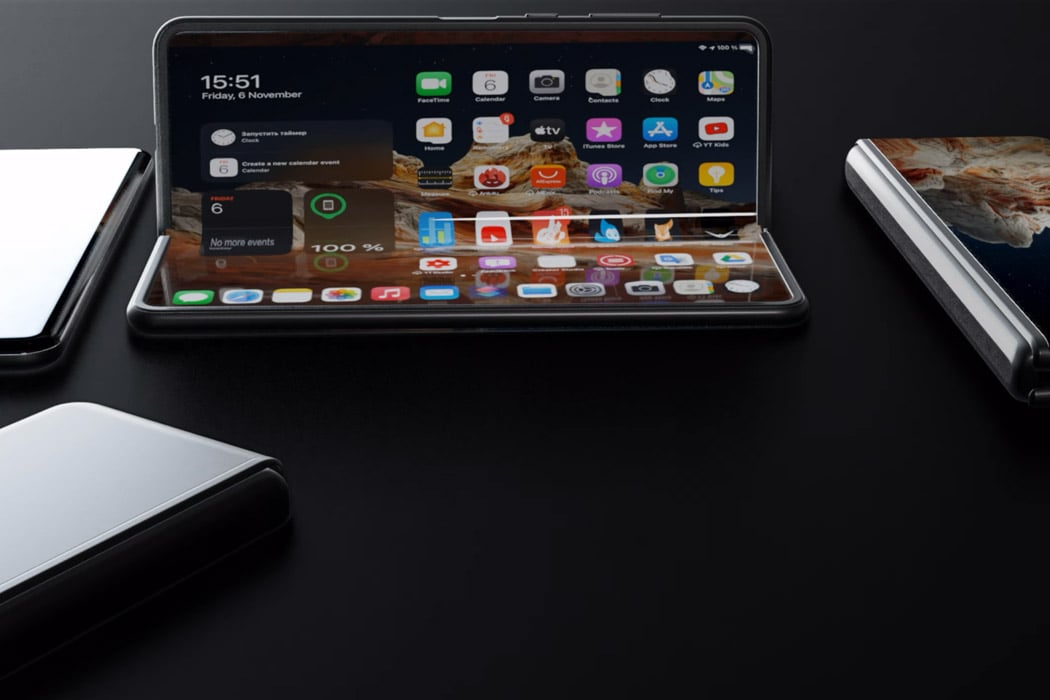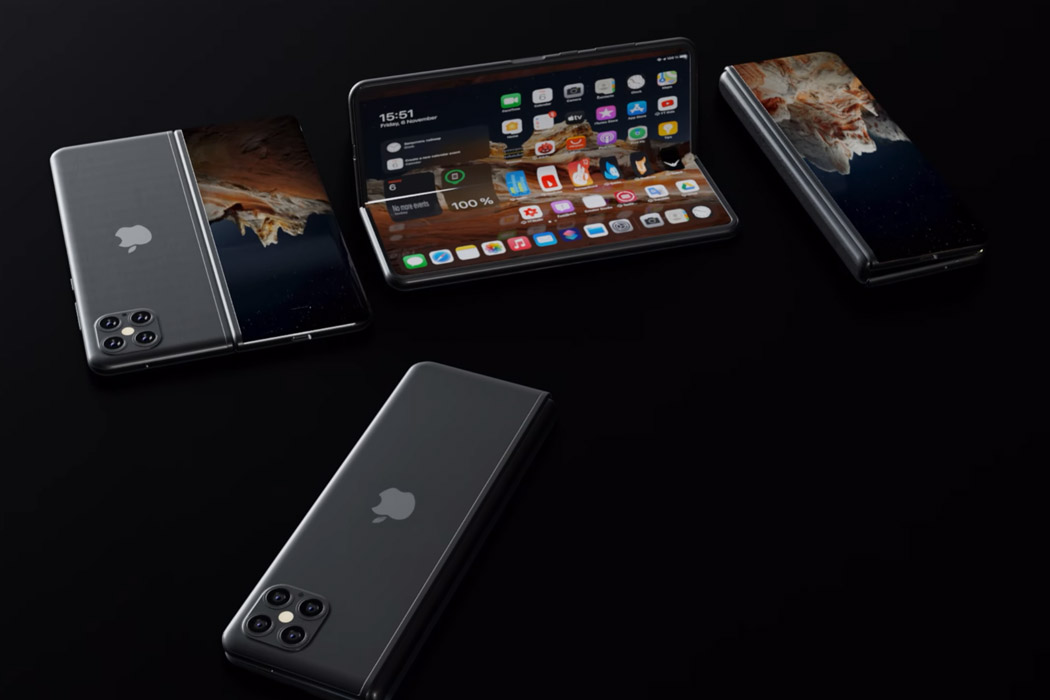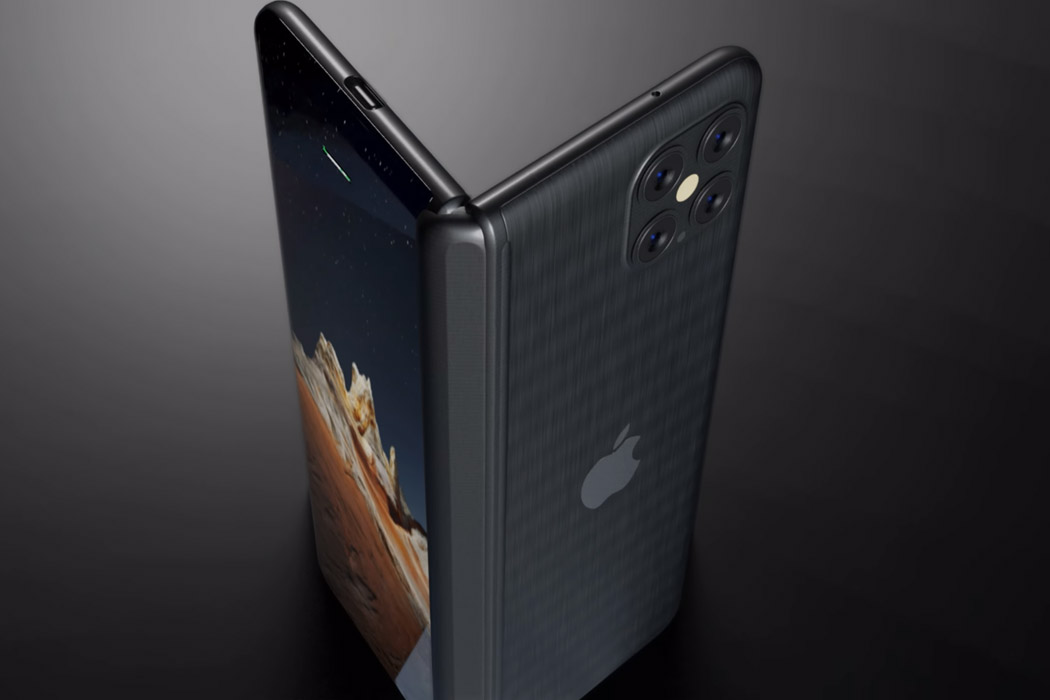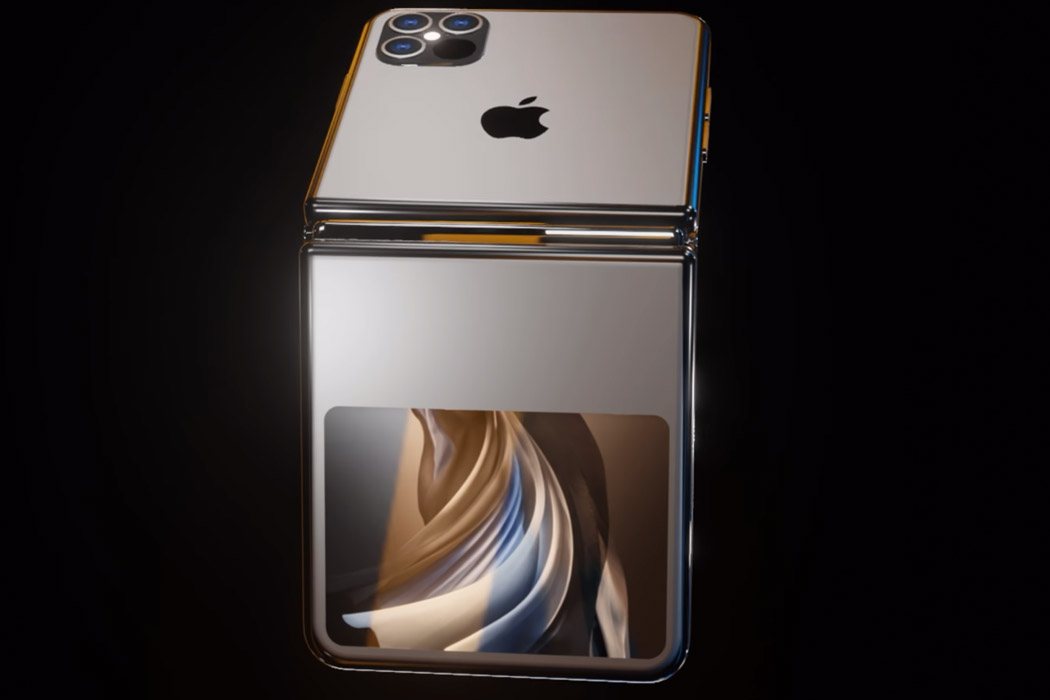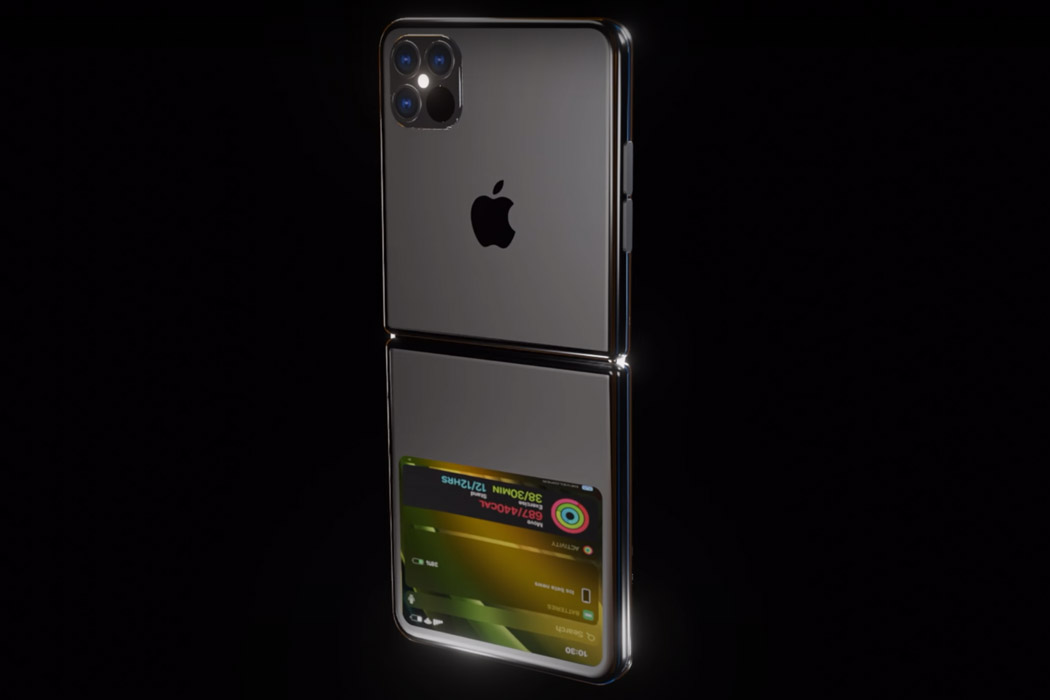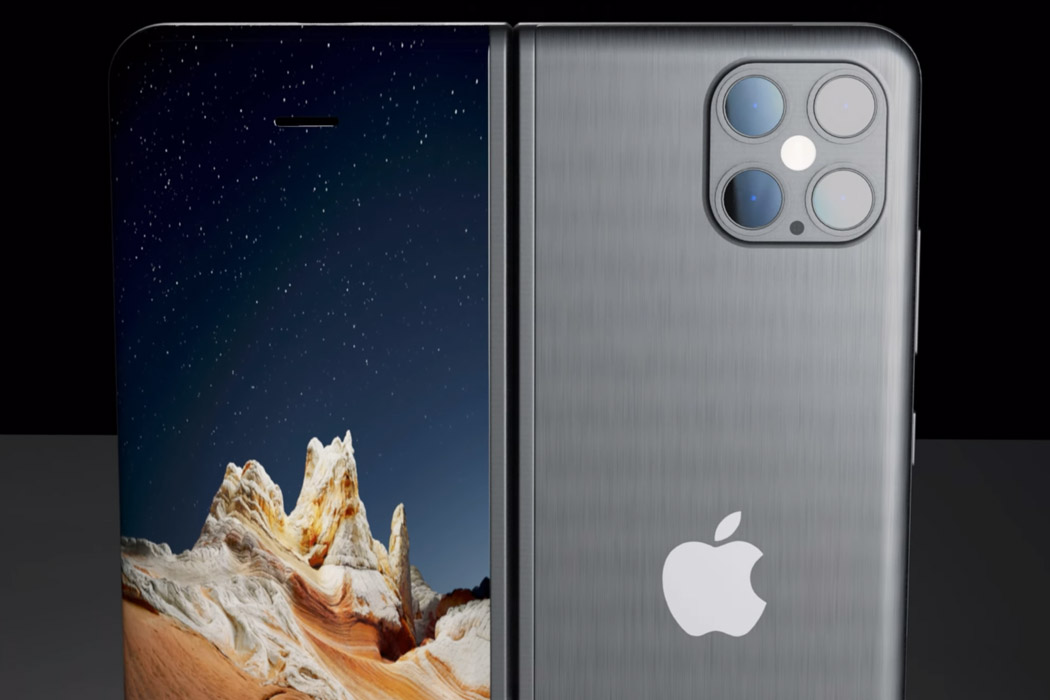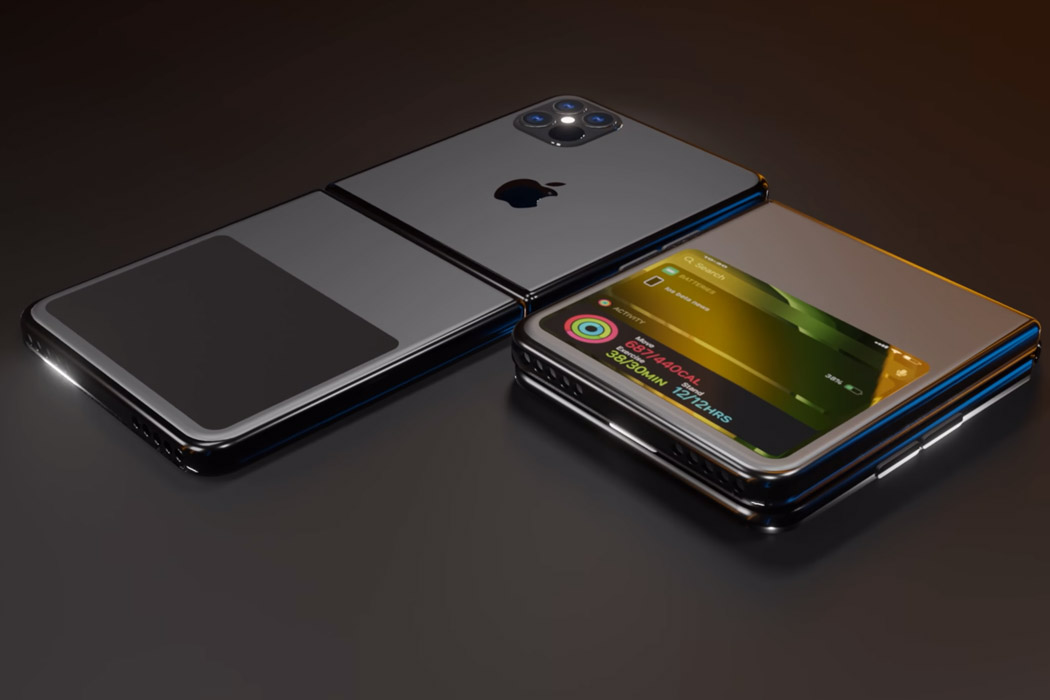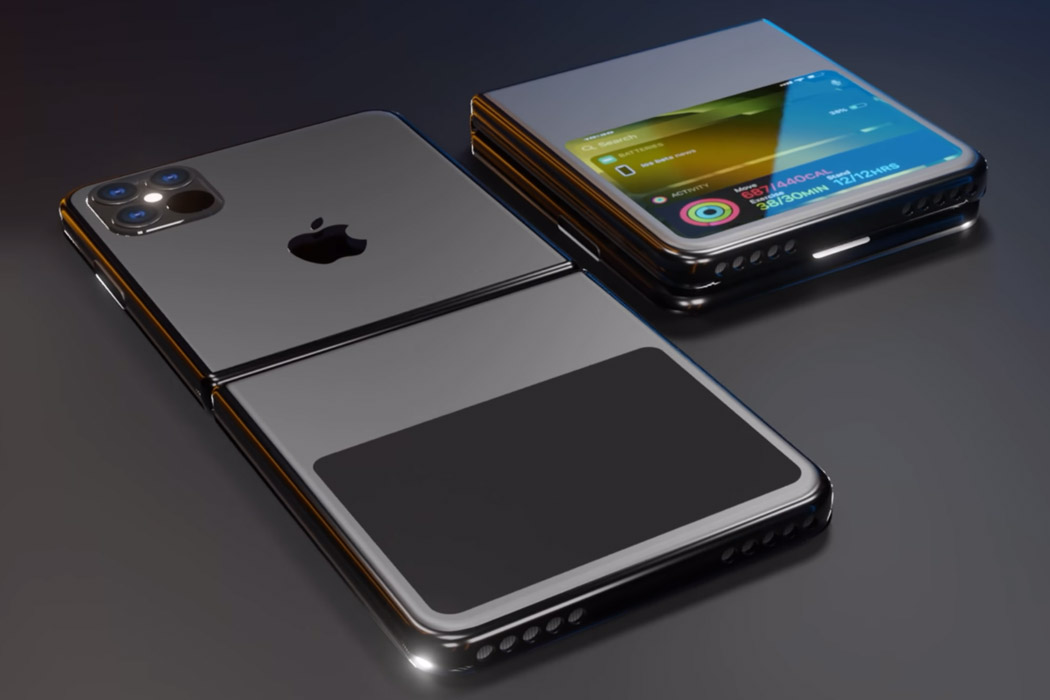Whoever says ‘beauty comes from within’ makes a rather compelling case for this iPhone 13 concept, because it surely is, well… unconventional on the outside. Marking a clear departure from Apple’s old style of iPhones, this concept by Antonio De Rosa ushers in a new age for a new iPhone – the M1 iPhone. The ‘beauty on the inside’ for this concept is surely its M1 chip, which has definitely made a massive splash with the rest of Apple’s high-end consumer electronics… while the design change in question is in the very product’s silhouette. Unlike every previous iPhone, which has had a rounded rectangle shape from the get-go, the iPhone 13 comes with an outward notch that houses its front-facing camera.
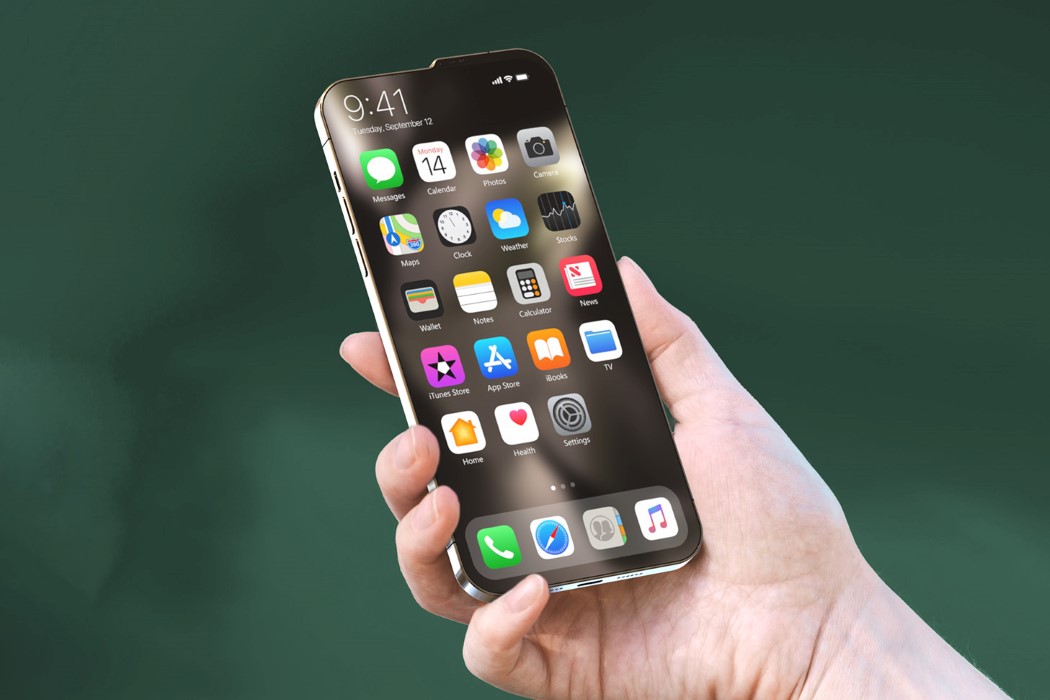
This is probably the most unusual camera bump I’ve ever come across because for once, it isn’t on the back of the phone… it’s on the top. Marking a rather clear deviation from the design trend of the iPhones before it, the iPhone 13 concept tries to do things differently by breaking the mold and probably questioning those self-evident rules of smartphone design. The video which De Rosa put together for his concept highlights the beauty in ‘strangeness’ by looking to nature, which is filled with strange things too. His reinterpretation of the iPhone brings about the same feeling as you would get seeing an unusual animal or plant. It makes you curious, makes you question it, and makes you give it your 100% undivided attention.
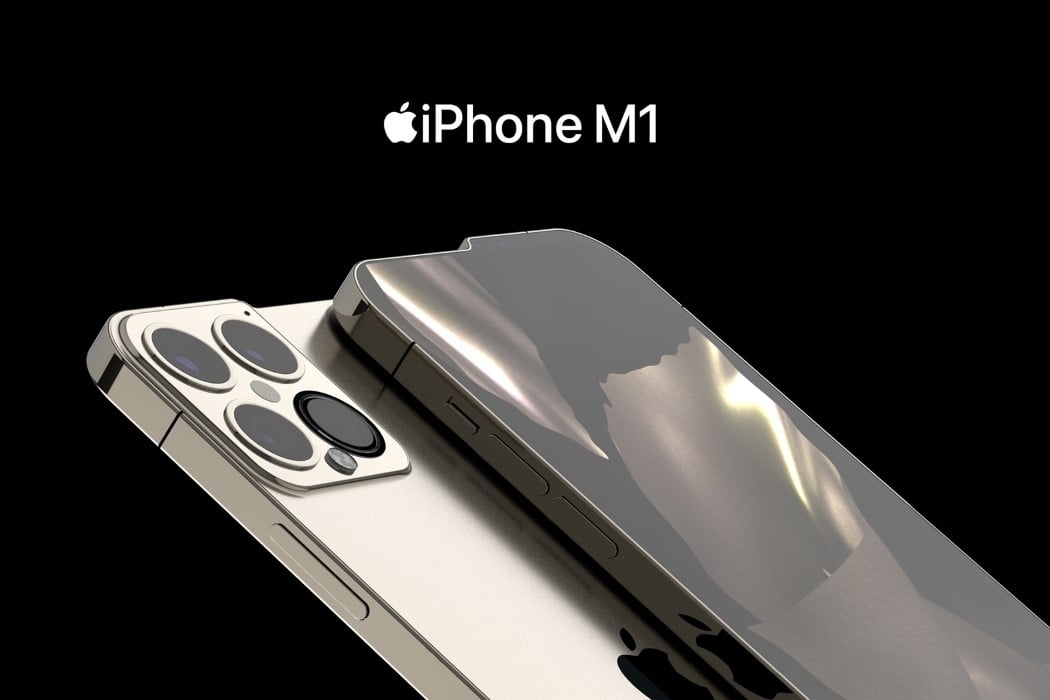
That isn’t to say that I completely approve of this design direction. I like it, but I’m not sure if my reasons for liking it are based on logic or on sheer emotion. It’s clearly ‘out-of-the-box’ thinking – literally too… and maybe that’s enough to make people really like this concept. It isn’t conforming, it isn’t a sheep. It’s unique and has character, standing out against a sea of smartphones that look absolutely identical when viewed from the front. No matter how you cut it, the iPhone 13 looks unique – from the front, the back, and even the sides.
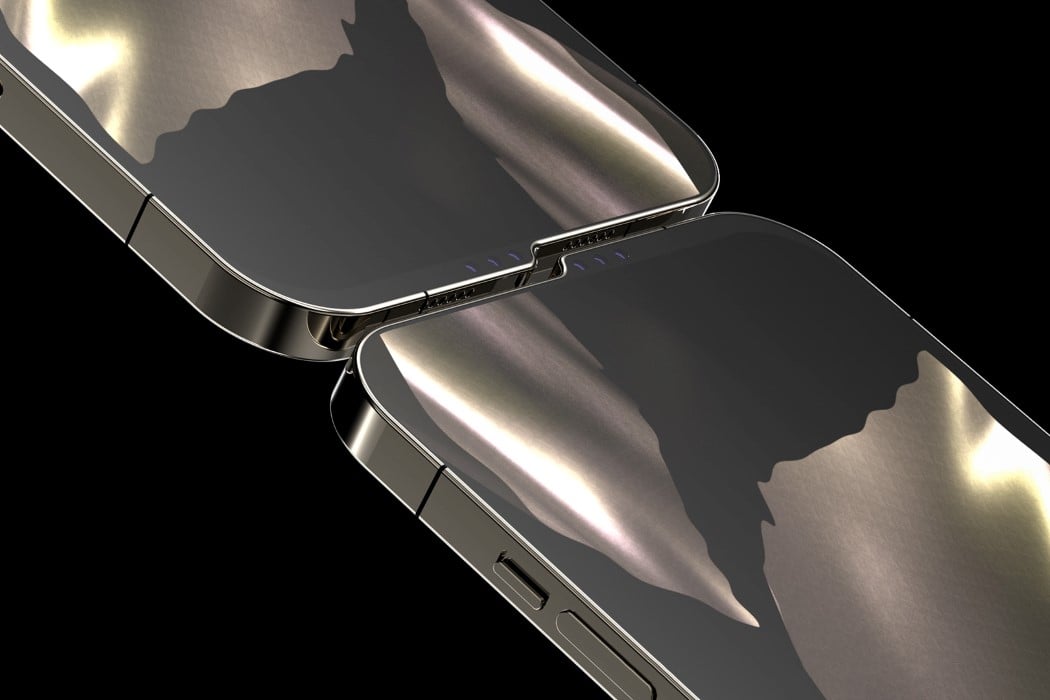
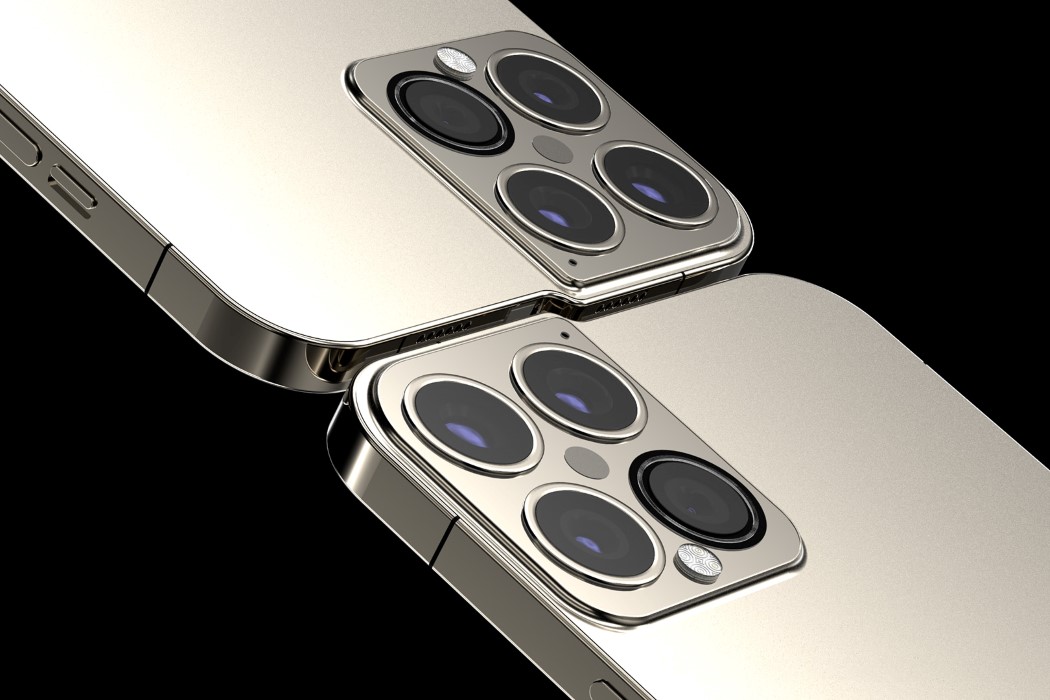
The bump serves a practical purpose too. For once, the modern iPhone doesn’t have a notch. The iPhone 13 comes with a complete screen, as all the cameras and sensors that enable FaceID sit on top, within that tiny 3-4 millimeter bump. Looking beyond it, however, the phone comes with speakers on the top as well as the bottom. The camera bump shifts slightly upward too, ensuring it’s perfectly aligned with the raised edge, thanks to the bump. Lastly, the conceptual phone flexes its muscles with its greatest feature yet, the Apple-made M1 chip.
Apple’s slated to debut the iPhone 13 in the fall of 2021, although an M1 iPhone is probably a distant dream for now (Rene Ritchie explains why). However, that’s never stopped concept creators like Antonio De Rosa from making their own concepts that embody what they themselves are looking for in future iPhones… and personally, I’m here for this upward camera bump! It’s probably practical design-wise, but my positive response to it is more reptilian than logical.
Designer: Antonio De Rosa
